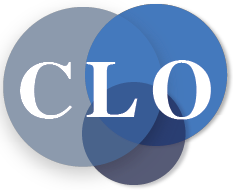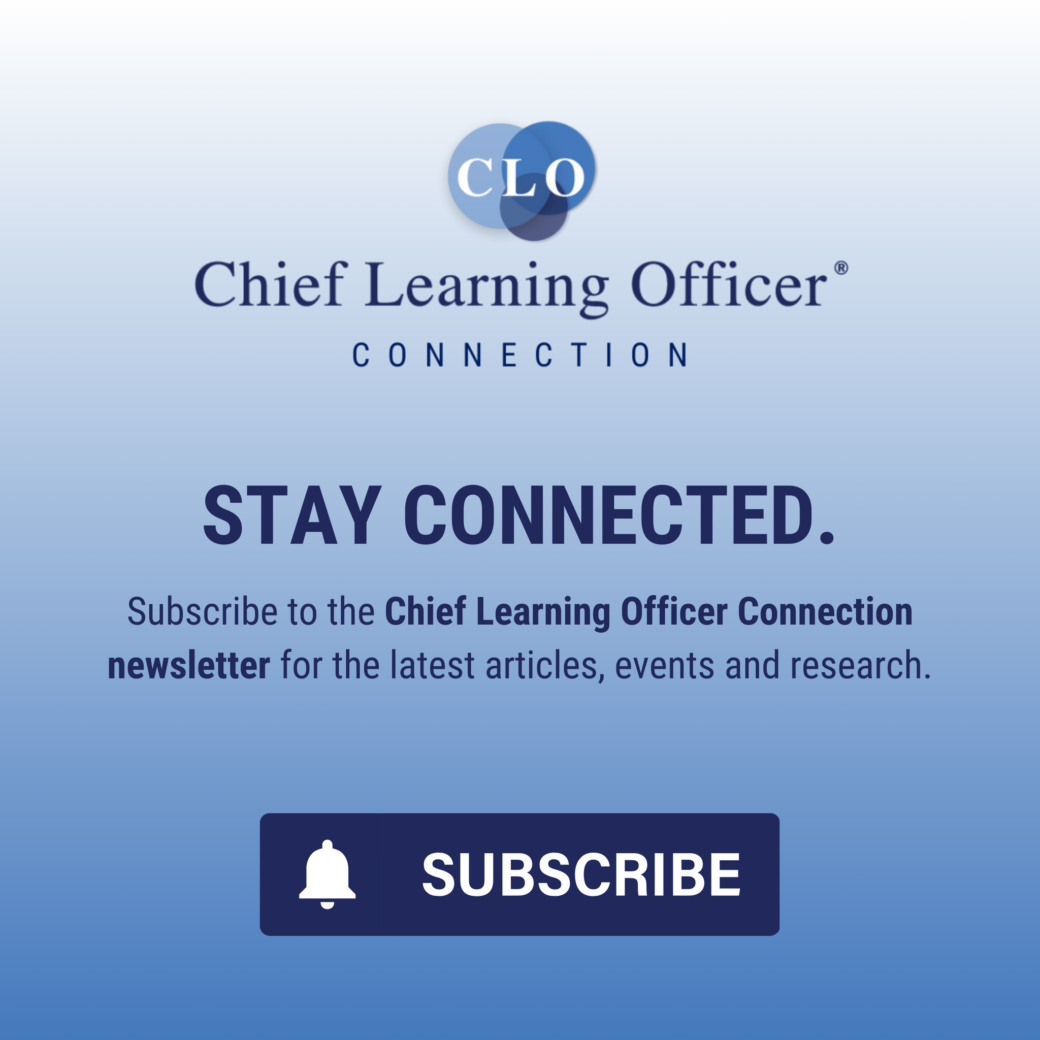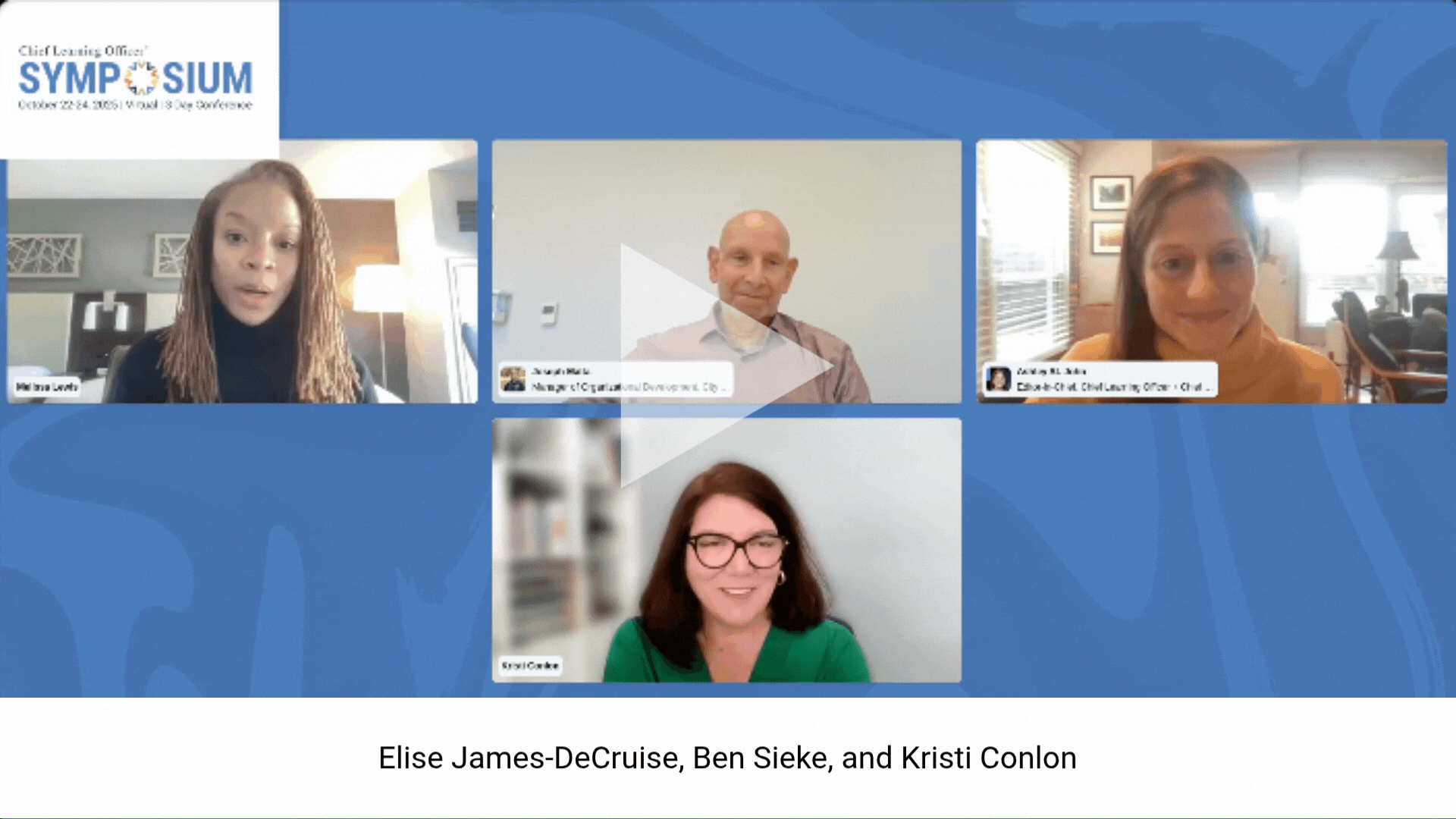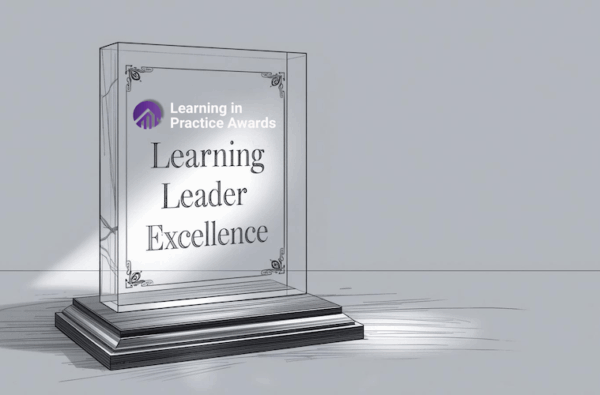The University of Toronto made headlines recently for returning a $450,000 gift from Amazon. The school’s dean wrote, “We acknowledge the important questions raised about the lack of full transparency pertaining to the gift and the perception of external influence on our academic activities.”
While it is indeed vital from an ethical standpoint for schools to be transparent about their funding, I have some potentially radical thoughts about the second part of the statement.
First, it’s important to note that most colleges and universities would love to be in the position to turn down $450,000 but simply aren’t.
If $450,000 from a corporation could help a struggling school survive and thrive, why shouldn’t that school take advantage of the opportunity?
For such a partnership to be mutually beneficial, the corporation will inevitably want some influence on the school’s academic activities as it aims to build its future workforce. But that’s not necessarily a bad thing, nor is it even a new concept.
Patronage is not a new concept in Higher Ed
Universities like Harvard and Stanford have an R1 research classification, meaning “the primary focus of these universities extends beyond teaching to conducting groundbreaking research, often backed by substantial funding from both public and private entities.”
There is an undeniable tension between preserving academic purity and accepting funding from the government and corporations to fuel critical research. The patrons inevitably have some influence on the research being conducted. Yet R1 research universities are some of the country’s most prestigious and well-respected institutions.
If these schools can maintain their status despite accepting money from outside sources, why can’t a struggling school receive funding from a corporation that has enough wealth to make a meaningful contribution?
The concept of patronage in higher education can be traced even further back. Consider how many schools are named after 20th century magnates: Carnegie Mellon University, Vanderbilt University, The Rockefeller University (and others that these individuals founded or contributed to).
Even outside of higher education, patronage has played a significant role in society. Let’s not forget that in the Renaissance period, patrons funded some of history’s most famous works of art, like Michelangelo’s Sistine Chapel and David. Did their potential influence on Michelangelo diminish the awe-inspiring beauty of his work? Most would agree that it didn’t. Perhaps more importantly, without those patrons, we might not have those works of art at all.
Leverage governance principles to develop partnerships
Many colleges and universities are at risk of closing or merging. Meanwhile, corporations have the money to invest in schools in exchange for the outcomes they need—for example, a pipeline of potential employees.
There is a real opportunity for schools and corporations to form mutually beneficial partnerships. Both parties commonly leverage governance principles like accountability, transparency, fairness and responsibility to balance stakeholder interests. It stands to reason that they can leverage those same principles in partnership together—each willing to compromise to achieve important goals.
Georgia Tech joining forces with Udacity and AT&T to develop an affordable online master’s program accessible to AT&T employees is a great example of what this type of partnership can look like when executed successfully. The program was groundbreaking at the time, and despite its success, few schools and businesses have followed suit. Imagine how more partnerships like that could benefit corporations, higher education and the workforce.
Businesses have always played a critical role in catalyzing innovation in higher education. In these partnerships, they could take a leadership role in aligning higher education with their business needs. Of course, that means at-risk colleges that partner with corporations must be willing to give up some of their academic purity. In some cases, even their missions might evolve. But those are reasonable prices to pay for the sake of keeping their doors open.
A potential next step
There’s no clear blueprint for what’s next, but every innovative idea must start somewhere. Why not survey 100 at-risk schools and identify which ones are open to relying on corporate funding in addition to tuition?
Start some conversations to assess the potential for successful partnerships. Lead with accountability, transparency, fairness and responsibility, and you may find that there is the potential for mutual gains.
















